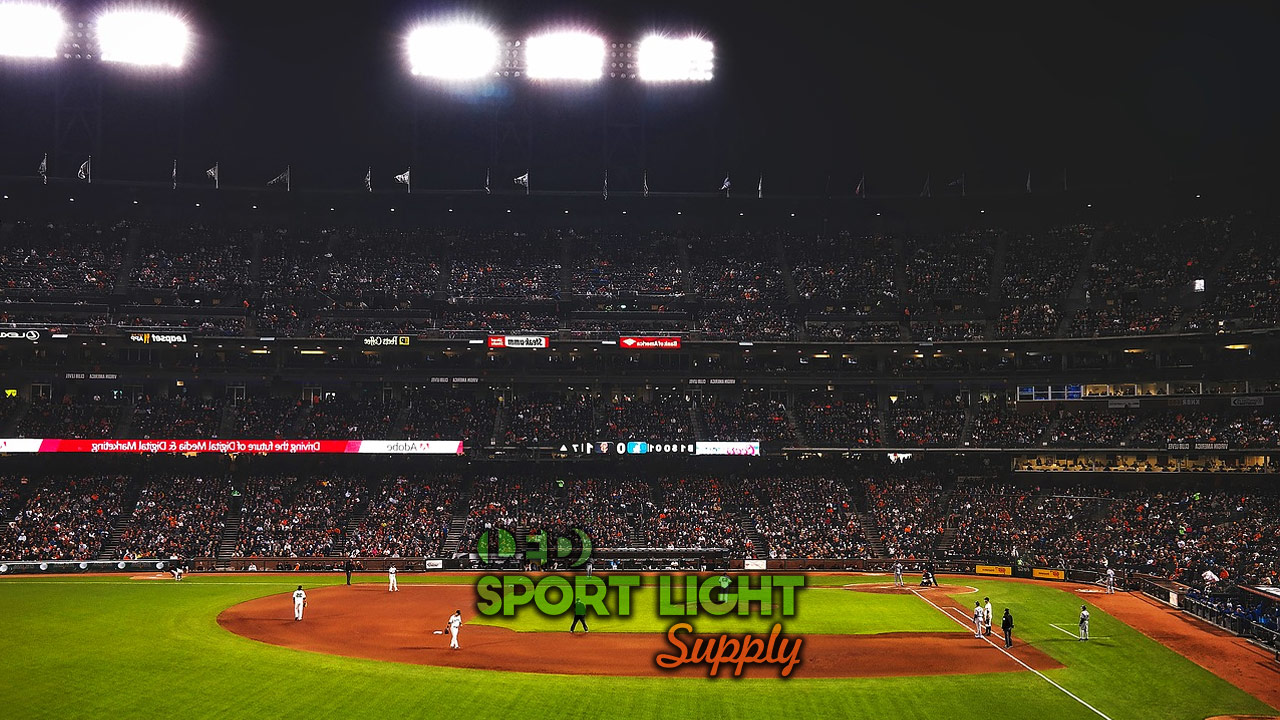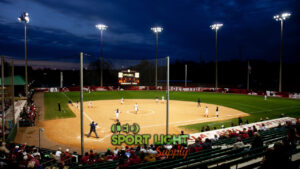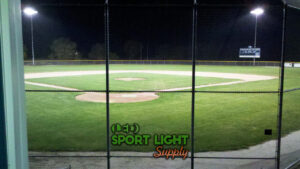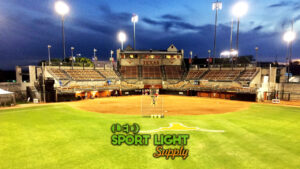There are different ways to turn on baseball field lighting, through a physical switch or a smart phone, manual or automatic control, etc. Choosing the right control system can save your time and effort of turning on and off the lights in baseball stadium.
Ways to Turn On Baseball Stadium Lights
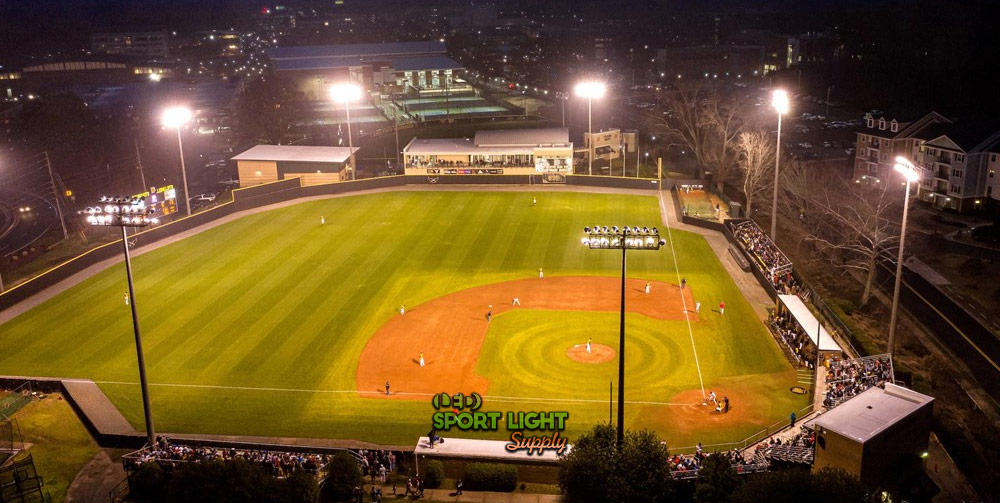
1. By Physical Panel (DMX/DALI)
The simplest way to turn on the lights of the baseball field is to use the physical panel. As you can see, there are several knobs on the DMX panel. We can adjust the brightness and switch on/off the groups of stadium lights in any baseball game by sliding the knobs.
Although the control panel looks scary because of the switches and buttons, it is easy to use after following the instructions of the user manual.
Issue about DMX channel
Yet, the number of baseball field lights that can be connected to the panel is limited. If you are using a DMX 512 control panel, and each baseball light has 1 channel. You can connect up to 512 lights if you need to control brightness of each light separately. Fortunately, this setting is rare because we will group and address all the stadium lights into 5 to 20 groups in reality, so we will only consume 5 to 20 channels in the end.
If you are using RGB lights, each light will have 3 channels (R, G and B). That said, we can connect up to 170 RGB lights if you want 170 lights to have different colors at the same time.
2. By Computer Software
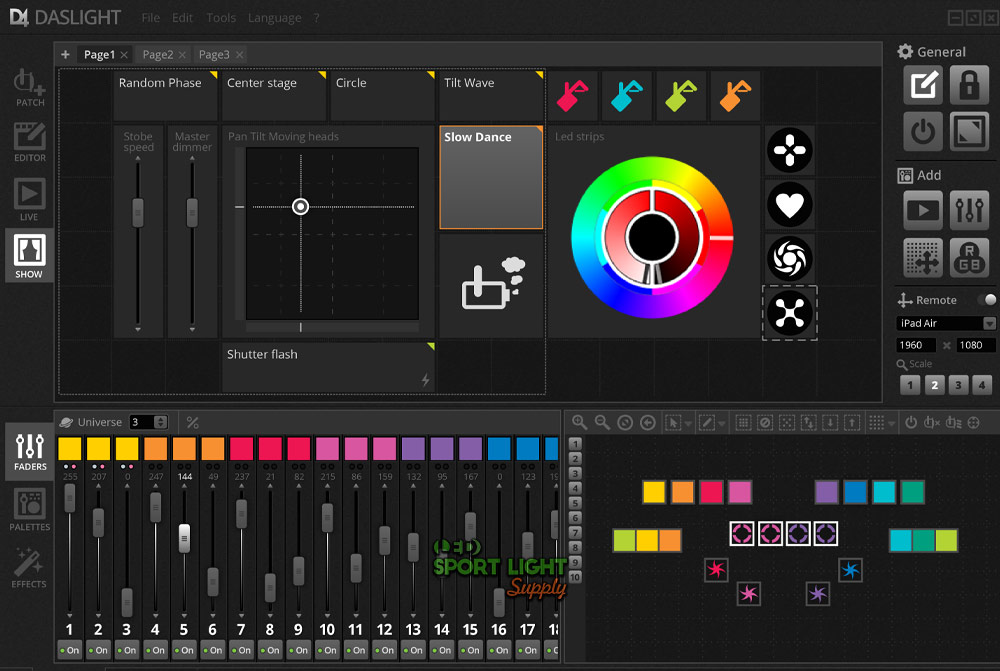
Computer control is a more advanced way to turn on the lighting of a baseball stadium. In this case, the software becomes the control panel. We can implement the same function of the physical panel in the software. The additional function of computer control is that we can set schedules and programs, so the lights can be turned on/off automatically. In addition, we can create complex lighting effects by using the default programs in the software.
In order to achieve computer control, we need a USB-DMX device, which acts as a bridge between the luminaries and the computer.
3. By Smartphone (5G, WiFi, or ZigBee)
The lights of the baseball stadium can also be controlled by using a smartphone. We can implement basic functions, such as turning on and off, dimming, color changing, etc.
Since there is a wireless connection between the smartphone and the smart stadium lights, we need to install a special wireless module on the floodlight so that the lighting can transmit and receive wireless signal like 5G, WiFi and ZigBee.
Wired Vs. Wireless Lighting Control
There are pros and cons of wired and wireless lighting control, so which one should I use?
1. Wired
Pros
- The wired lighting control system is more stable because there a physical connection between the control panel and the luminaires.
- Long signal transmission distance – DMX signal can be transmitted up to 300 meters which is sufficient for baseball fields. If you want to extend the cable, you will need to use an amplifier
Cons
- The wired lighting means there are additional cable on the baseball stadium roof or light poles. It will look messy if we don’t have a good cable management. Imagine that DMX cables are interconnected to different groups of luminaires.
2. Wireless
Pros
- We can turn on and off the baseball stadium lights via smartphone
- Reduce installation time and cost
Cons
- Wireless lighting control has as shorter range of 100 meters. If the baseball stadium is too large, we will need to install some amplifiers to ensure that the DMX signal can reach all receivers.

